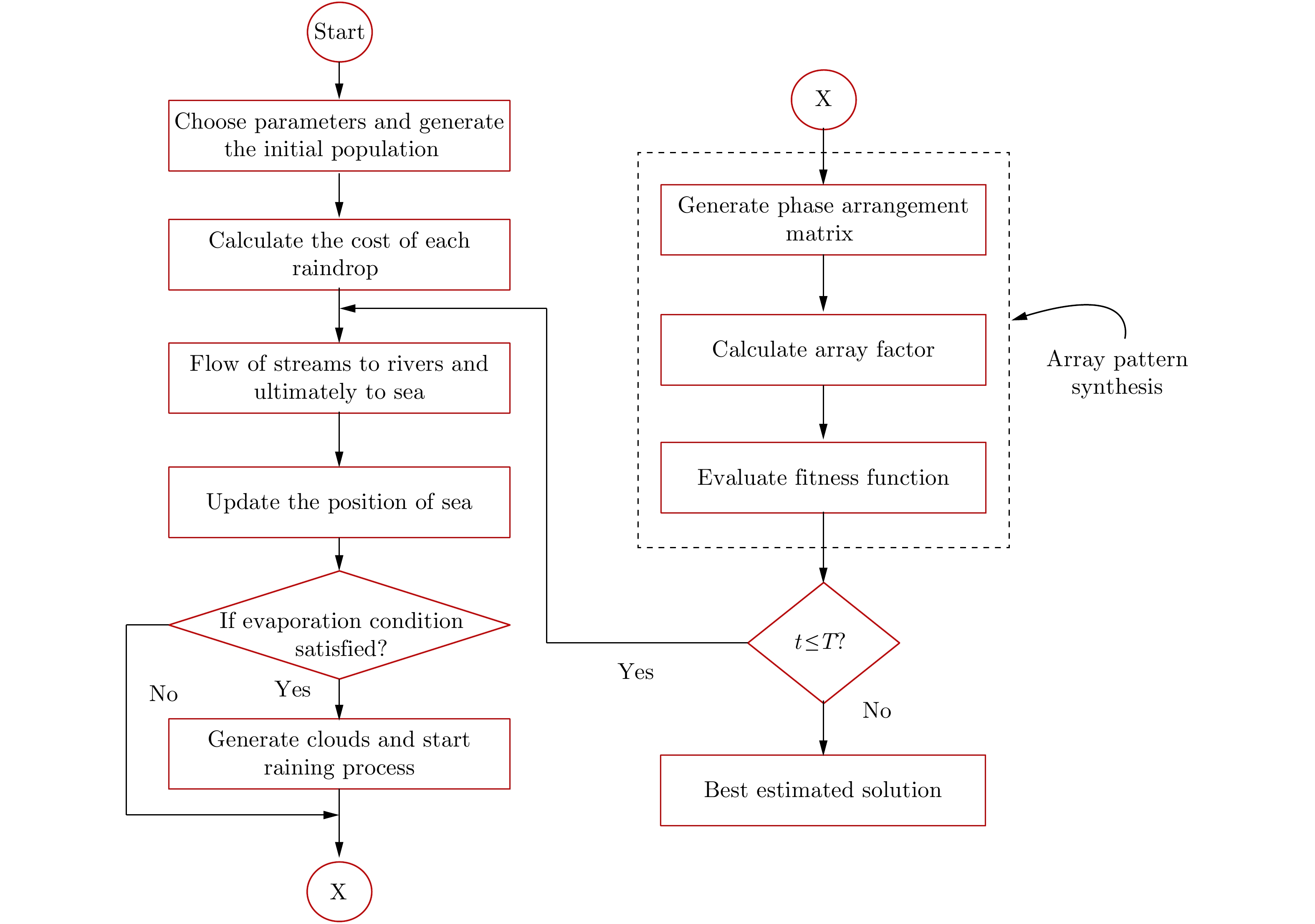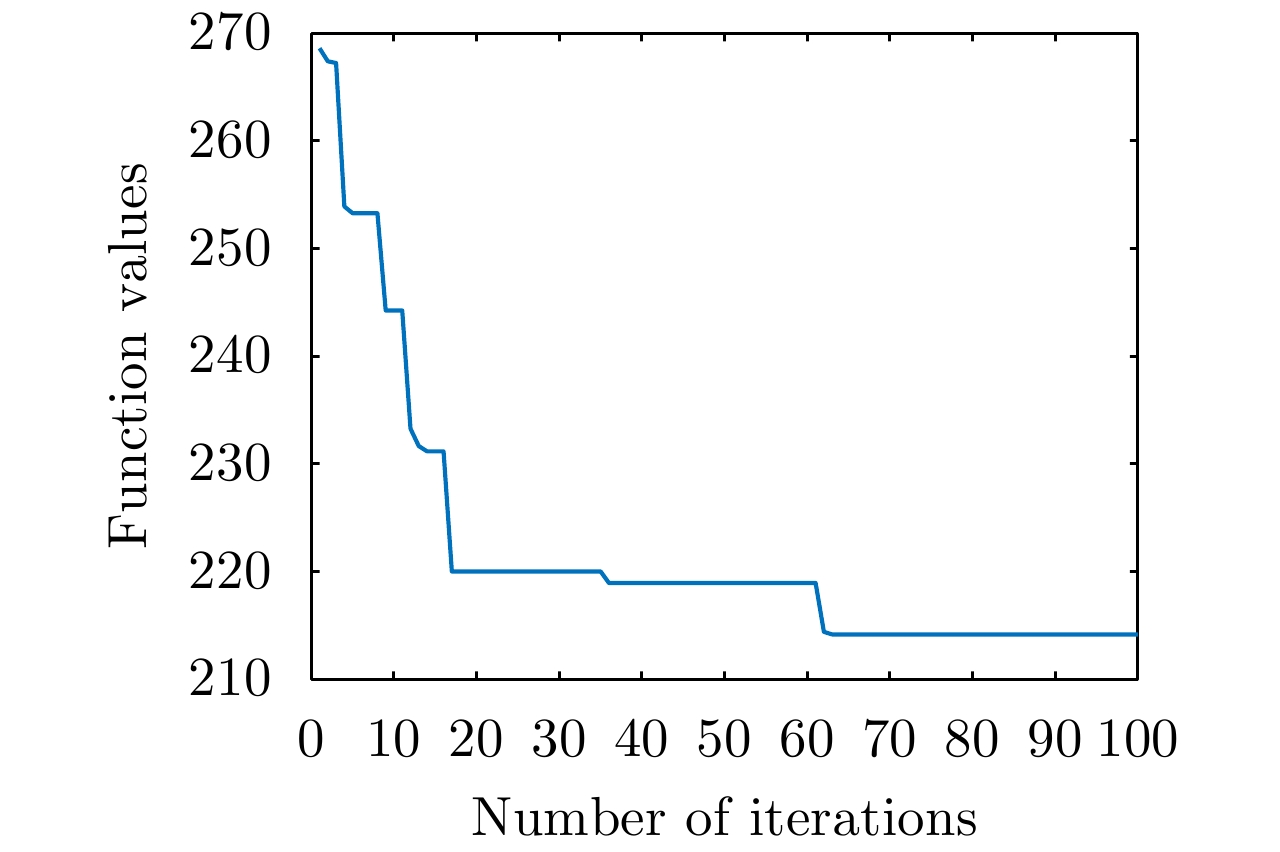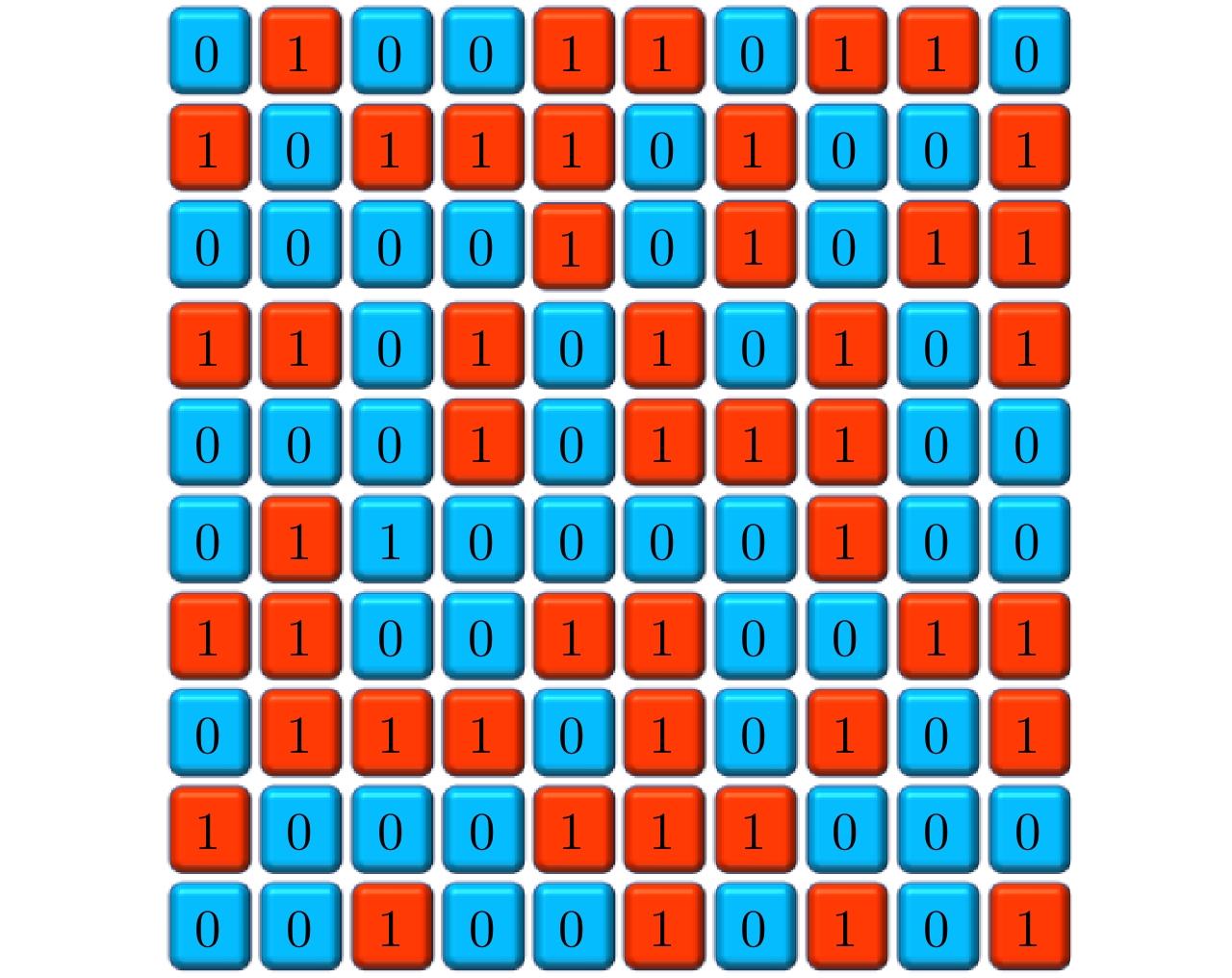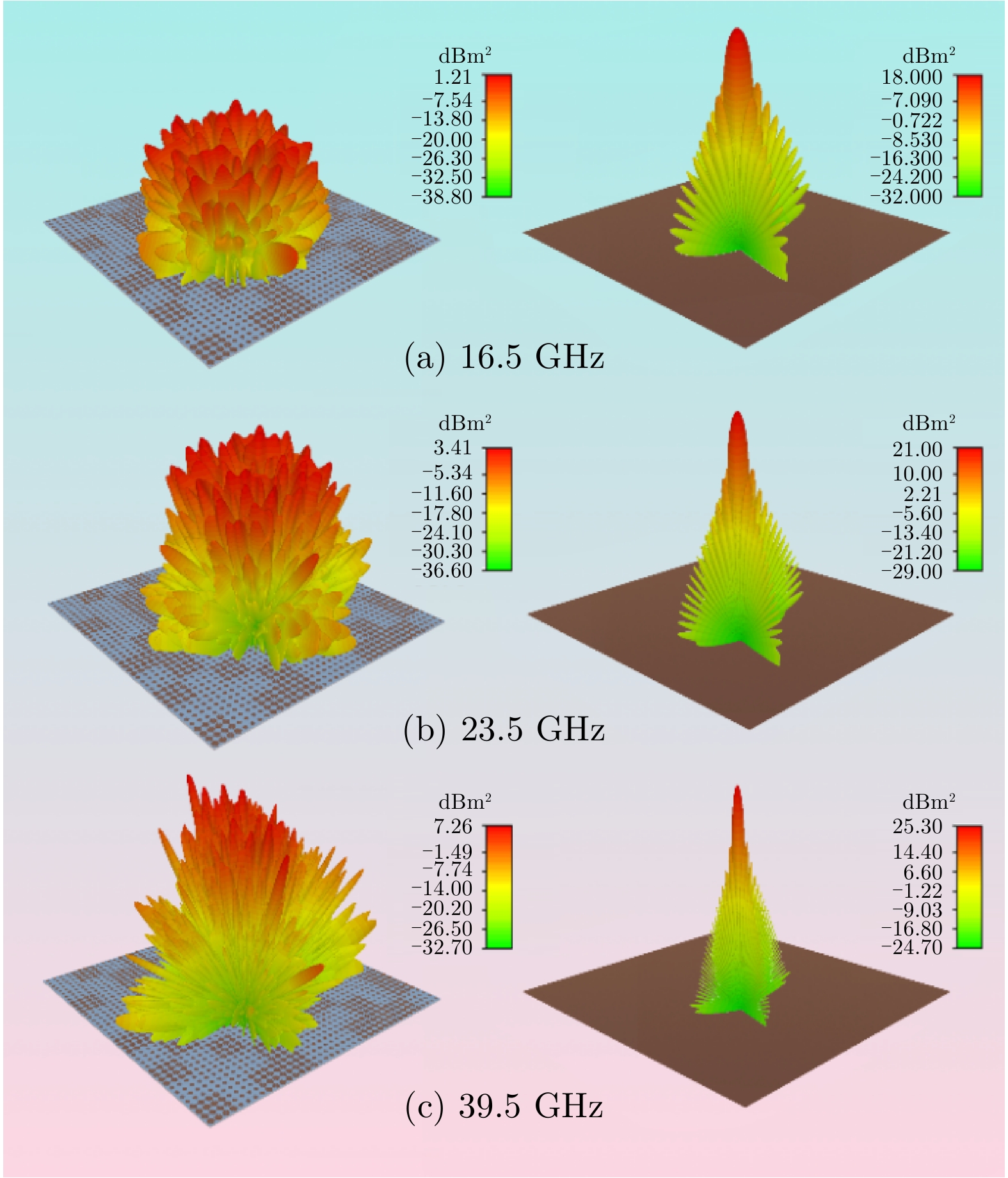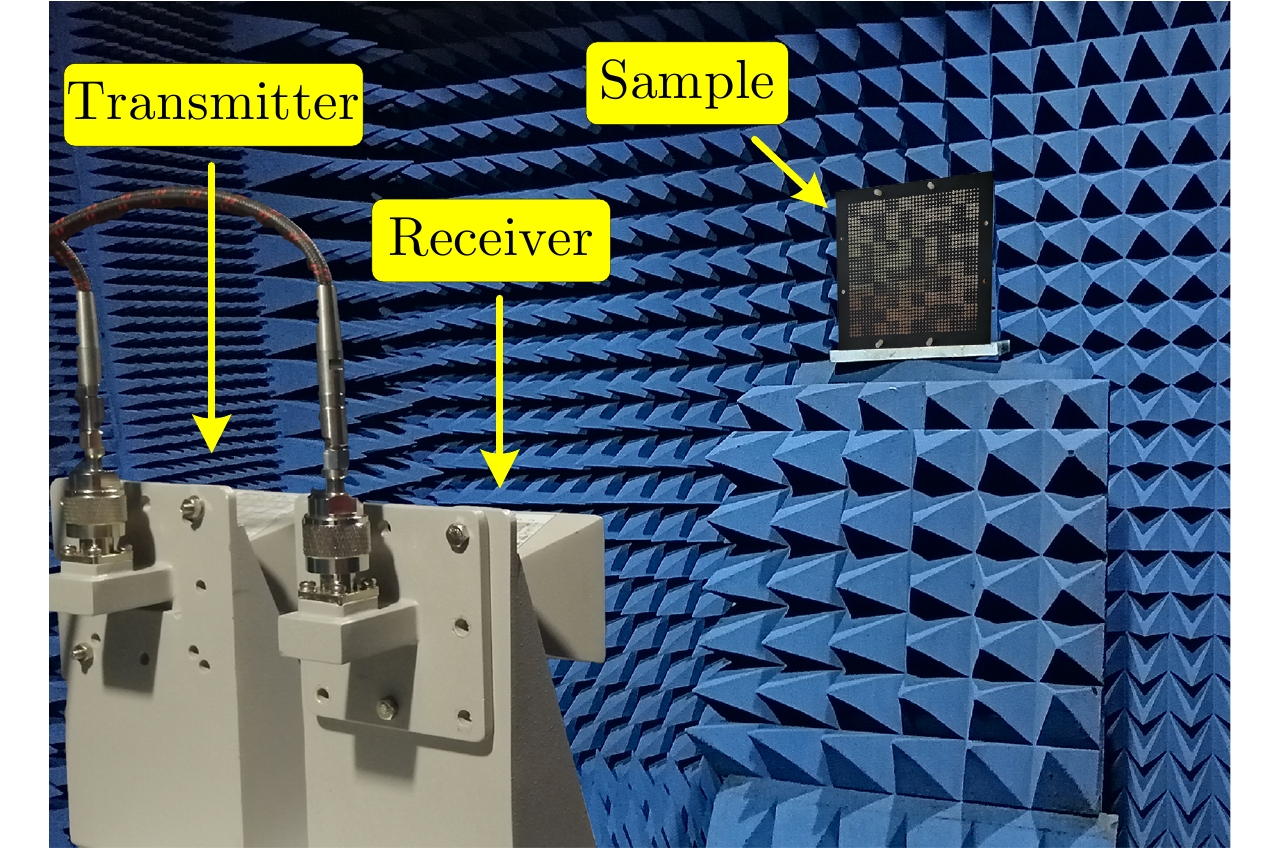| [1] |
MA Qian, BAI Guodong, JING Hongbo, et al. Smart metasurface with self-adaptively reprogrammable functions[J]. Light: Science & Applications, 2019, 8: 98. doi: 10.1038/s41377-019-0205-3 |
| [2] |
ARBABI A, HORIE Y, BAGHERI M, et al. Dielectric metasurfaces for complete control of phase and polarization with subwavelength spatial resolution and high transmission[J]. Nature Nanotechnology, 2015, 10(11): 937–943. doi: 10.1038/nnano.2015.186 |
| [3] |
SCHURIG D, MOCK J J, JUSTICE B, et al. Metamaterial electromagnetic cloak at microwave frequencies[J]. Science, 2006, 314(5801): 977–980. doi: 10.1126/science.1133628 |
| [4] |
ZHENG Guoxing, MÜHLENBERND H, KENNEY M, et al. Metasurface holograms reaching 80% efficiency[J]. Nature Nanotechnology, 2015, 10(4): 308–312. doi: 10.1038/nnano.2015.2 |
| [5] |
LI Yong and ASSOUAR B M. Acoustic metasurface-based perfect absorber with deep subwavelength thickness[J]. Applied Physics Letters, 2016, 108(6): 063502. doi: 10.1063/1.4941338 |
| [6] |
CUI Tiejun, QI Mengqing, WAN Xiang, et al. Coding metamaterials, digital metamaterials and programmable metamaterials[J]. Light: Science & Applications, 2014, 3(10): e218. doi: 10.1038/lsa.2014.99 |
| [7] |
ZHENG Yuejun, GAO Jun, CAO Xiangyu, et al. Wideband RCS reduction of a microstrip antenna using artificial magnetic conductor structures[J]. IEEE Antennas and Wireless Propagation Letters, 2015, 14: 1582–1585. doi: 10.1109/LAWP.2015.2413456 |
| [8] |
PAQUAY M, IRIARTE J C, EDERRA I, et al. Thin AMC structure for radar cross-section reduction[J]. IEEE Transactions on Antennas and Propagation, 2007, 55(12): 3630–3638. doi: 10.1109/TAP.2007.910306 |
| [9] |
GALARREGUI J C I, PEREDA A T, DE FALCÓN J L M, et al. Broadband radar cross-section reduction using amc technology[J]. IEEE Transactions on Antennas and Propagation, 2013, 61(12): 6136–6143. doi: 10.1109/TAP.2013.2282915 |
| [10] |
JIA Yongtao, LIU Ying, GUO Y J, et al. Broadband polarization rotation reflective surfaces and their applications to RCS reduction[J]. IEEE Transactions on Antennas and Propagation, 2016, 64(1): 179–188. doi: 10.1109/TAP.2015.2502981 |
| [11] |
WANG He, HUANG Jiyao, WANG Honglin, et al. Chaos-based coding metasurface for radar cross-section reduction[J]. Journal of Physics D: Applied Physics, 2019, 52(40): 405304. doi: 10.1088/1361-6463/ab2dc6 |
| [12] |
CHEN Jie, CHENG Qiang, ZHAO Jie, et al. Reduction of radar cross section based on a metasurface[J]. Progress in Electromagnetics Research, 2014, 146: 71–76. doi: 10.2528/PIER14022606 |
| [13] |
SUI Sai, MA Hua, WANG Jiafu, et al. Absorptive coding metasurface for further radar cross section reduction[J]. Journal of Physics D: Applied Physics, 2018, 51(6): 065603. doi: 10.1088/1361-6463/aaa3be |
| [14] |
LI Sijia, CAO Xiangyu, XU Liming, et al. Ultra-broadband reflective metamaterial with rcs reduction based on polarization convertor, information entropy theory and genetic optimization algorithm[J]. Scientific Reports, 2016, 6: 37409. doi: 10.1038/srep37409 |
| [15] |
LI Haipeng, WANG Guangming, CAI Tong, et al. Wideband transparent beam-forming metadevice with amplitude- and phase-controlled metasurface[J]. Physical Review Applied, 2019, 11(1): 014043. doi: 10.1103/PhysRevApplied.11.014043 |
| [16] |
SUN Hengyi, GU Changqing, CHEN Xinlei, et al. Broadband and broad-angle polarization-independent metasurface for radar cross section reduction[J]. Scientific Reports, 2017, 7: 40782. doi: 10.1038/srep40782 |
| [17] |
SU Jianxun, LU Yao, LIU Jiayi, et al. A novel checkerboard metasurface based on optimized multielement phase cancellation for superwideband RCS reduction[J]. IEEE Transactions on Antennas and Propagation, 2018, 66(12): 7091–7099. doi: 10.1109/TAP.2018.2870372 |
| [18] |
YANG Jianing, HUANG Cheng, SONG Jiakun, et al. Ultra-broadband low scattering metasurface utilizing mixed-elements based on phase cancellation[J]. Journal of Physics D: Applied Physics, 2020, 53(2): 025102. doi: 10.1088/1361-6463/ab4b2e |
| [19] |
HAJI-AHMADI M J, NAYYERI V, SOLEIMANI M, et al. Pixelated checkerboard metasurface for ultra-wideband radar cross section reduction[J]. Scientific Reports, 2017, 7(1): 11437. doi: 10.1038/s41598-017-11714-y |
| [20] |
SUI Sai, MA Hua, LV Yueguang, et al. Fast optimization method of designing a wideband metasurface without using the Pancharatnam–Berry phase[J]. Optics Express, 2018, 26(2): 1443–1451. doi: 10.1364/OE.26.001443 |
| [21] |
ESKANDAR H, SADOLLAH A, BAHREININEJAD A, et al. Water cycle algorithm–a novel metaheuristic optimization method for solving constrained engineering optimization problems[J]. Computers & Structures, 2012, 110/111: 151–166. doi: 10.1016/j.compstruc.2012.07.010 |
| [22] |
FENG Maochang, LI Yongfeng, ZHENG Qiqi, et al. Two-dimensional coding phase gradient metasurface for rcs reduction[J]. Journal of Physics D: Applied Physics, 2018, 51(37): 375103. doi: 10.1088/1361-6463/aad5ad |
| [23] |
ZHENG Qiqi, LI Yongfeng, ZHANG Jieqiu, et al. Wideband, wide-angle coding phase gradient metasurfaces based on pancharatnam-berry phase[J]. Scientific Reports, 2017, 7: 43543. doi: 10.1038/srep43543 |
| [24] |
SU Pei, ZHAO Yongjiu, JIA Shengli, et al. An ultra-wideband and polarization-independent metasurface for RCS reduction[J]. Scientific Reports, 2016, 6: 20387. doi: 10.1038/srep20387 |
| [25] |
ZHUANG Yaqiang, WANG Guangming, LIANG Jiangang, et al. Random combinatorial gradient metasurface for broadband, wide-angle and polarization-independent diffusion scattering[J]. Scientific Reports, 2017, 7(1): 16560. doi: 10.1038/s41598-017-16910-4 |
| [26] |
YUAN Fang, WANG Guangming, XU Hexiu, et al. Broadband RCS reduction based on spiral-coded metasurface[J]. IEEE Antennas and Wireless Propagation Letters, 2017, 16: 3188–3191. doi: 10.1109/LAWP.2017.2768129 |
| [27] |
LIU Xiao, GAO Jun, XU Liming, et al. A coding diffuse metasurface for RCS reduction[J]. IEEE Antennas and Wireless Propagation Letters, 2016, 16: 724–727. doi: 10.1109/LAWP.2016.2601108 |
| [28] |
SU Jianxun, HE Huan, LI Zengrui, et al. Uneven-layered coding metamaterial tile for ultra-wideband RCS reduction and diffuse scattering[J]. Scientific Reports, 2018, 8(1): 8182. doi: 10.1038/s41598-018-26386-5 |
| [29] |
HAN Xinmin, XU Haojun, CHANG Yipeng, et al. Multiple diffuse coding metasurface of independent polarization for RCS reduction[J]. IEEE Access, 2020, 8: 162313–162321. doi: 10.1109/ACCESS.2020.3021650 |
| [30] |
CHEN Ke, CUI Li, FENG Yijun, et al. Coding metasurface for broadband microwave scattering reduction with optical transparency[J]. Optics Express, 2017, 25(5): 5571–5579. doi: 10.1364/OE.25.005571 |




 Submit Manuscript
Submit Manuscript Peer Review
Peer Review Editor Work
Editor Work

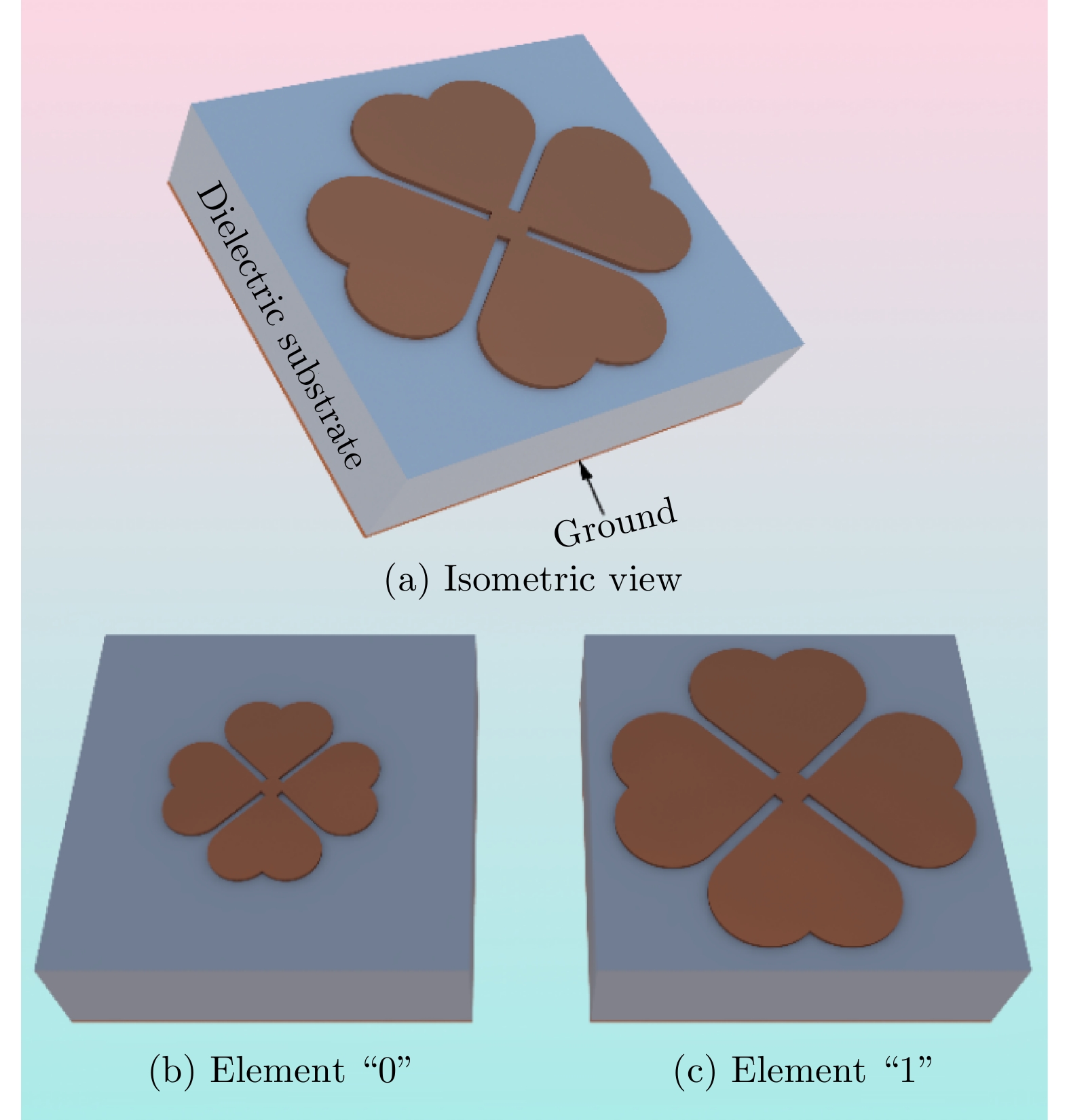



 DownLoad:
DownLoad:

